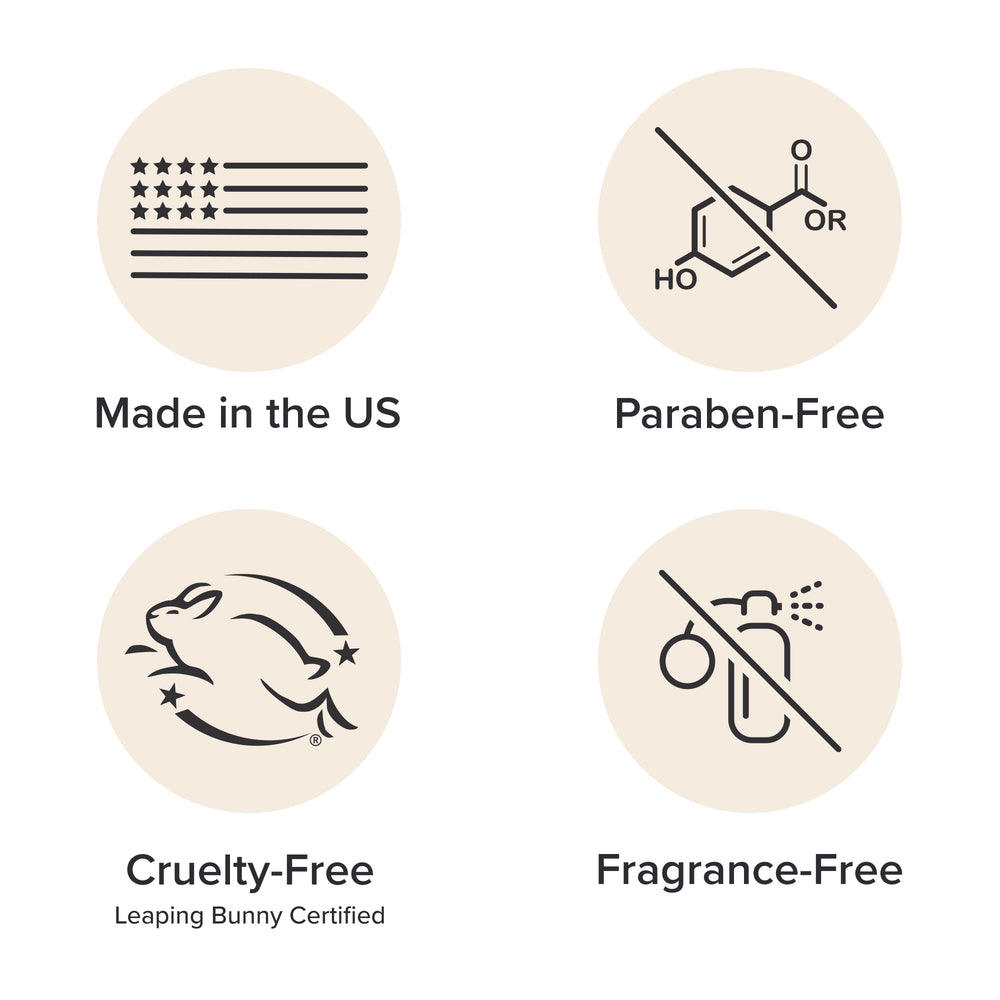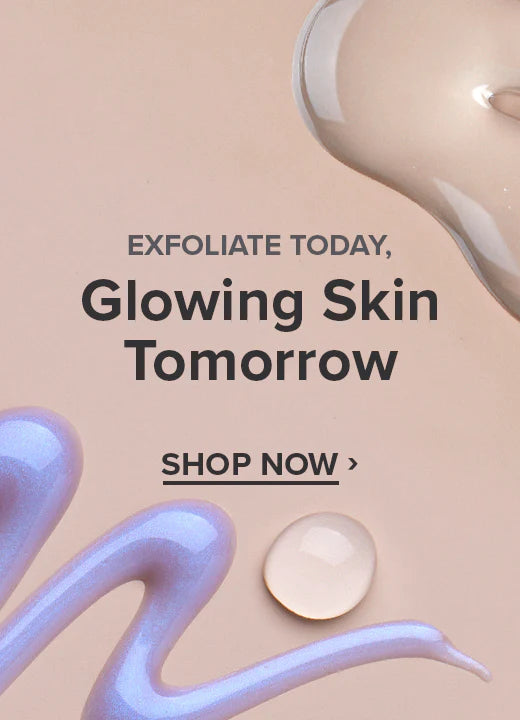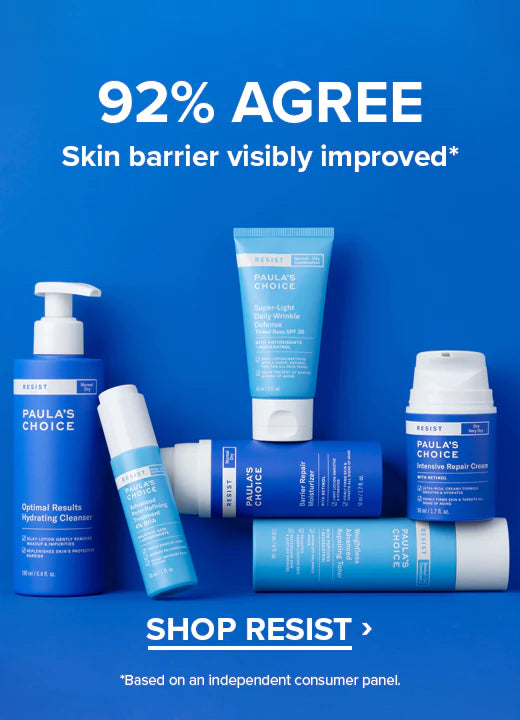Written by: Bryan Barron
Medically Reviewed by: Joyce Park MD Board-Certified Dermatologist
The SPF rating on a sunscreen bottle stands for Sun Protection Factor, a measurement of how long you can stay outside during the day and be protected from the sun’s burn-causing UVB rays, assuming you’re applying sunscreen the right way. (1) UVA rays are present, too; this is where the PA+ rating system comes into play.
Some sunscreens, most notably those in Asia, include PA+ rating on their products. The letters “PA,” which stands for “Protection Grade of UVA,” followed by plus signs (PA+, PA++, PA+++, and PA++++) that appear on a label are a rating system developed in Japan to represent how much UVA protection a product offers. This UVA “grading” system is now used throughout Asia and is becoming increasingly popular in Europe but has yet to really catch on in many other countries, including the United States. This has to do with disagreement among UV experts as to how helpful it really is compared to the more widespread broad-spectrum claim.
The sun’s UVA rays do not cause sunburn; rather, they cause skin to turn brown. UVA rays are known as the sun’s silent killers because you don’t feel them affecting skin. Despite the lack of pain associated with UVA rays, they penetrate deeply into skin, causing a somewhat different type of damage than UVB rays.
This is what each PA rating means:
- PA+ = Some UVA protection.
- PA++ = Moderate UVA protection.
- PA+++ = High UVA protection.
- PA++++ = Extremely High UVA protection.
Both the PA and SPF rating systems provide information about how sunscreens can protect your skin from the sun’s rays, helping consumers make educated decisions about sun care. One system isn’t better than the other, with each focusing on a different type of rays. However, each has a few blind spots due to the complex nature of UV rays and the damage skin can incur from them.
The PA rating measures how the sun’s UVA rays cause the skin to become brown and stay brown, a process called Persistent Pigment Darkening, or PPD. However, not everyone’s skin turns brown from being exposed to the sun, even when exposed only to the sun’s UVA rays. In the actual testing to determine the PA rating of a sunscreen, the color of different people’s skin after UVA exposure is inconsistent; some skin gets darker, some not as dark, and some take longer than others to turn brown.
SPF measures how much protection a sunscreen offers from UVB rays. UVB rays vary greatly based on time of time, altitude and distance to the equator. This means that based on your location and time of day you’re outdoors or near windows, you may need to reapply your sunscreen more often to truly receive the SPF rating your sunscreen offers.
Protection from UV rays is important and both rating systems offer a helpful foundational idea about just how much protection you’ll receive from your sunscreen! No matter what, it’s always important to remember to use a broad-spectrum sunscreen rated SPF 30 or higher daily and to reapply every two hours that your skin is exposed to UV light.
What is broad spectrum?
Regulatory agencies in most countries, especially in the European Union (EU) and in the United States, use the SPF ratings to include both UVA and UVB protection. This process more accurately represents a real-world experience of how people’s skin responds when exposed to the sun, not just UVA or just UVB. In these countries, the term Broad-Spectrum Protection is on the label to indicate that the product has passed testing to show it protects from both UVA and UVB damage (2).
According to the U.S. Food and Drug Administration (FDA):
Scientific data demonstrated that products that are “Broad Spectrum SPF 15” [or higher] have been shown to reduce the risk of skin cancer and early skin aging when used with other sun protection measures, in addition to helping prevent sunburn.
Whether a sunscreen uses the PA rating system or not (and it’s neither essential nor a mark of a superior product), a well-formulated sunscreen will provide broad-spectrum protection and, as with any sunscreen, must be applied liberally and reapplied as needed to maintain the labeled level of protection.
Learn more about sunscreen.
References for this information:
- Pharmacognosy Journal, May-June 2016, pages 171–179
- Journal of Clinical and Aesthetic Dermatology, January 2013, pages 16–26
- British Journal of Dermatology, May 2011, pages 1356–1361
- FDA Announces New Requirements for OTC Sunscreen Products Marketing in the U.S.





